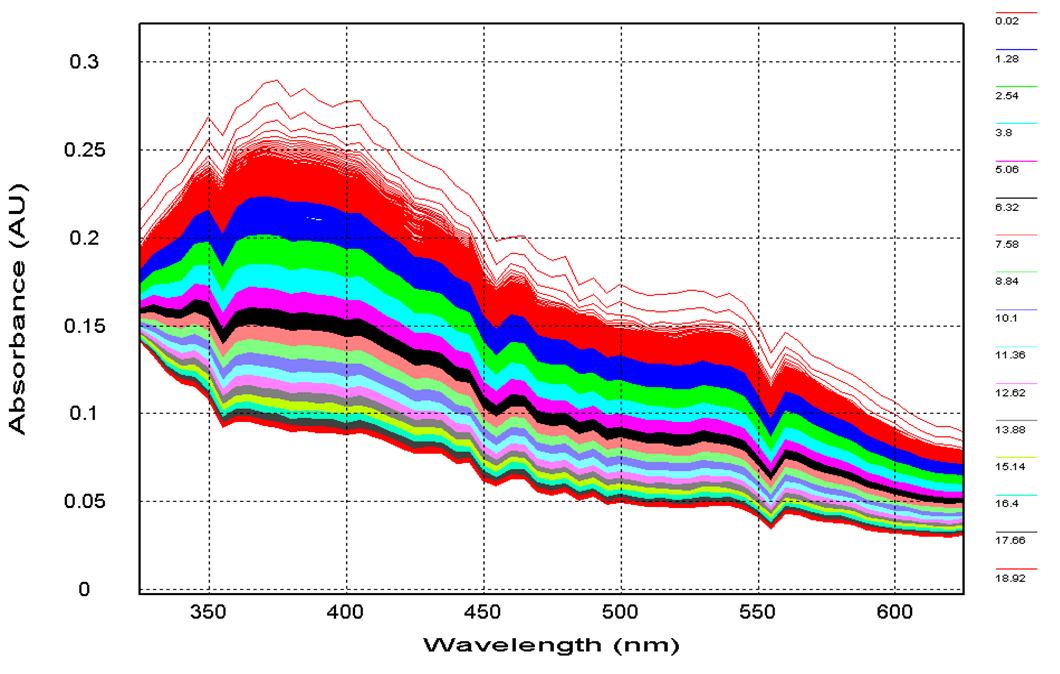 Backscattering Interferometry
Backscattering Interferometry
Backscattering Interferometry (BSI) is an analytical technique that detects changes in the refractive index of a solution as two species bind. Experiments can be performed in free-solution, without labels or surface tethering. The signal arises from a bulk change in the optical density, due to factors such as conformational changes, solvation, and polarizability. A variety of systems has been studied, including enzyme-inhibitor interactions, DNA hybridization, and hydrogen bonding of small organic molecules.
 Single Electron Oxidations with Silver
Single Electron Oxidations with Silver
The focus of this research is the mechanistic investigations of several silver-catalyzed reactions that proceed through single-electron oxidations, including carbon-carbon bond formation and alkyl fluorination. A great deal of recent effort has focused on metal-catalyzed oxidations, in particular silver catalysis combined with the use of a terminal oxidant. The goal of this research is to understand the mechanism of several reactions of synthetic importance that proceed through single-electron oxidation in order to further optimize and develop methods for metal-catalyzed bond formation.
 Titanocene-Catalyzed Radical Arylation of Epoxides
Titanocene-Catalyzed Radical Arylation of Epoxides
The primary focus of this project is to develop efficient ways to carry out titanocene-catalyzed radical arylation of epoxides. In order to accomplish this, it is imperative to understand these radical arylation processes at a mechanistic level. Current work is geared towards investigating the role of the various components in the overall catalytic cycle to further fine-tune the process for future applications.
 Solvent and Additive Effects in Sm(II) Reductions
Solvent and Additive Effects in Sm(II) Reductions
The utility of samarium diiodide has long been recognized for a variety of functional group transformations. The goal of this project is to determine the role of solvent and additives in the mechanism of these reactions through kinetic analysis. Ideally, a better understanding of these systems can lead to an efficient catalytic system, making this powerful reductant more economical.
